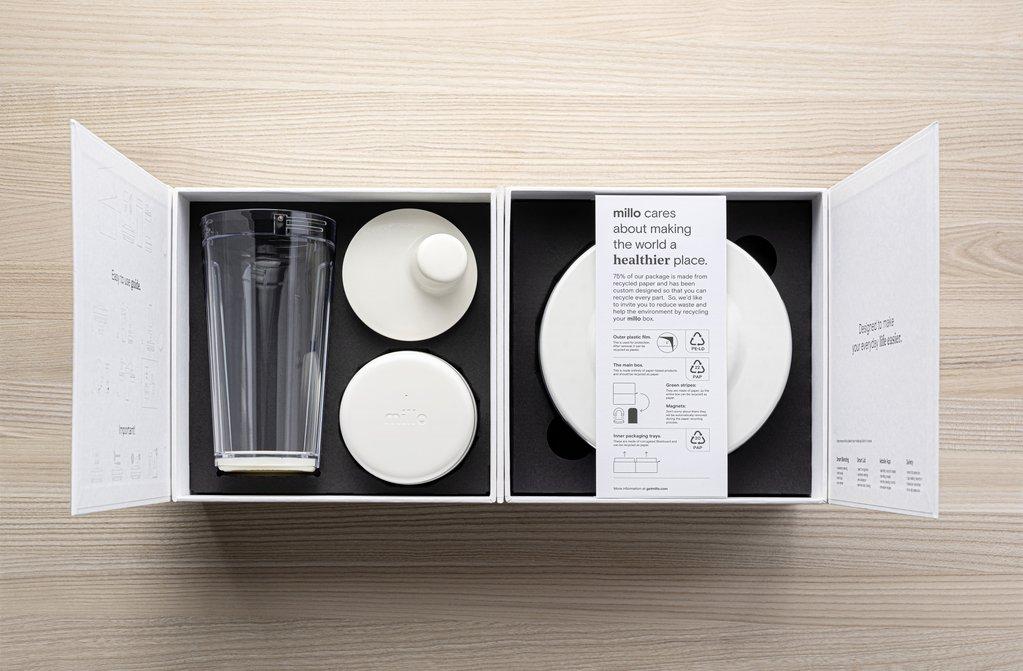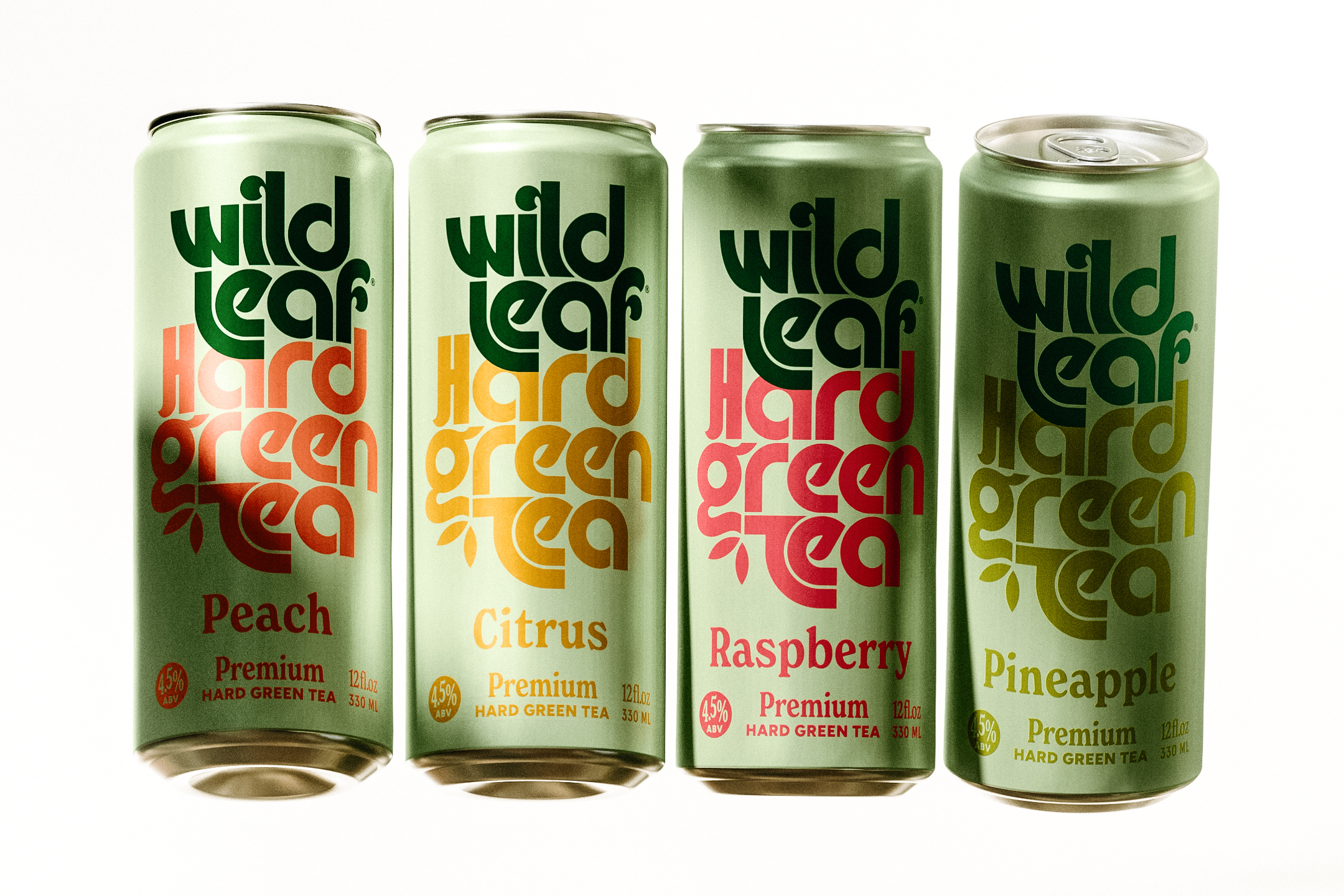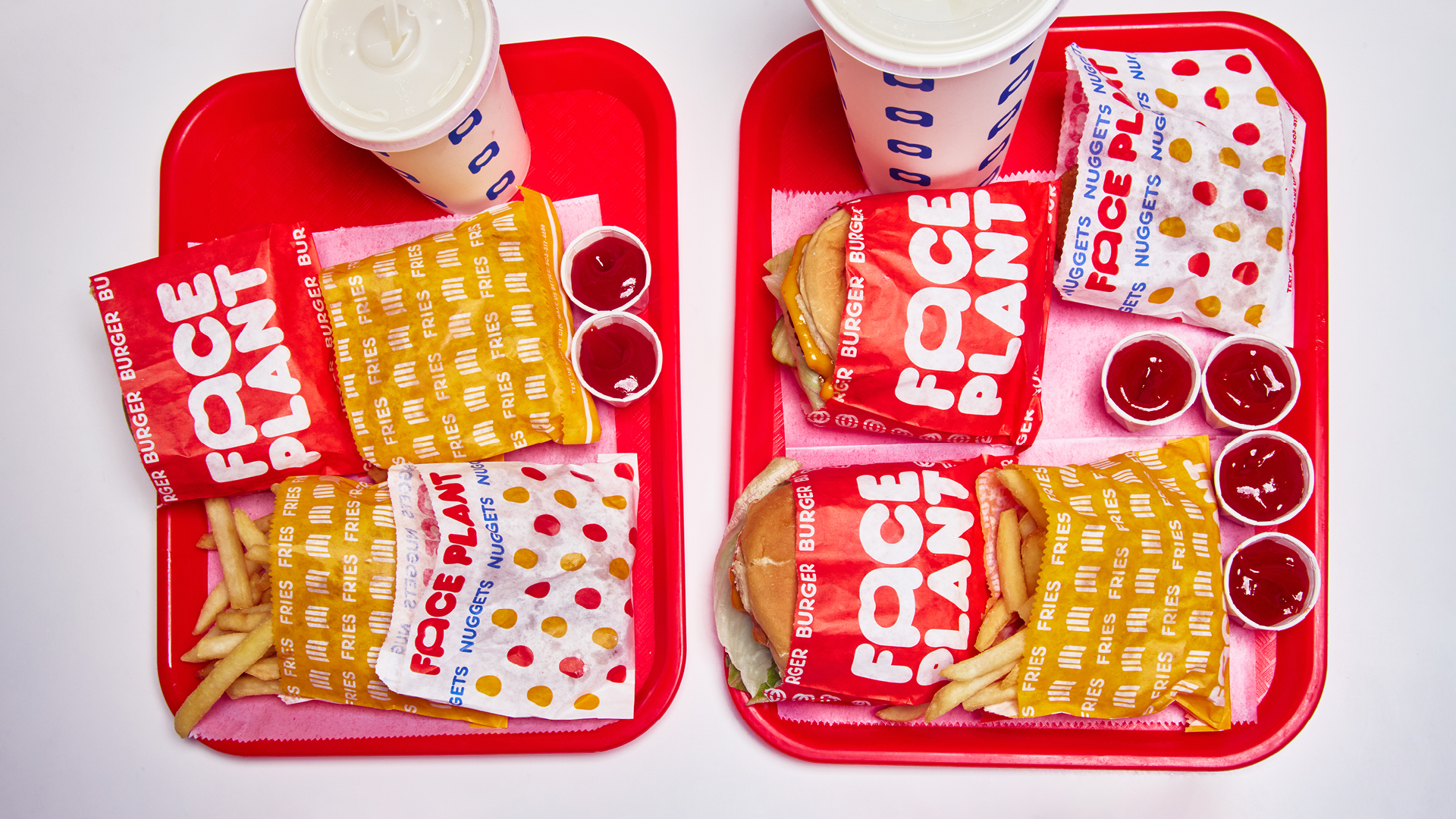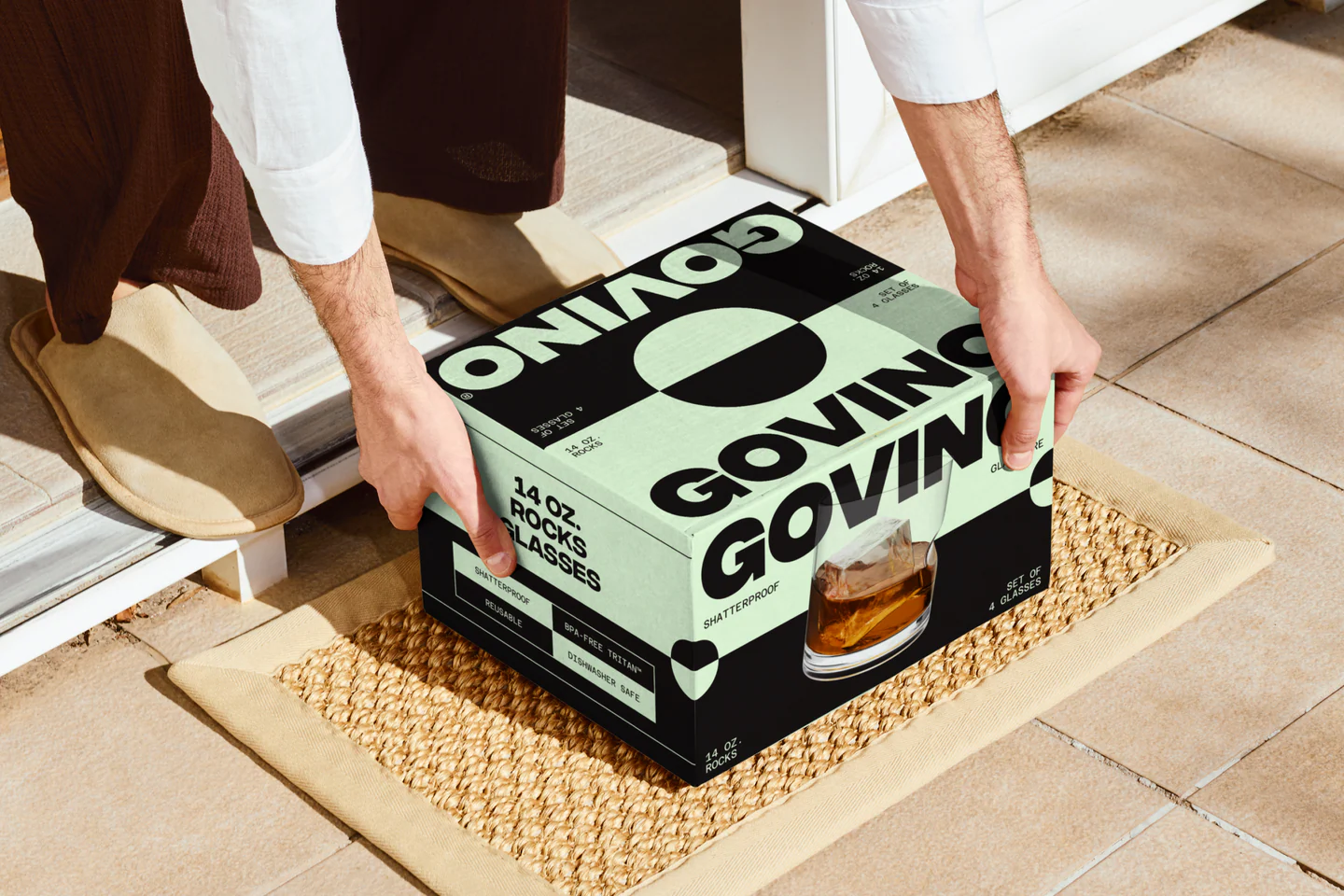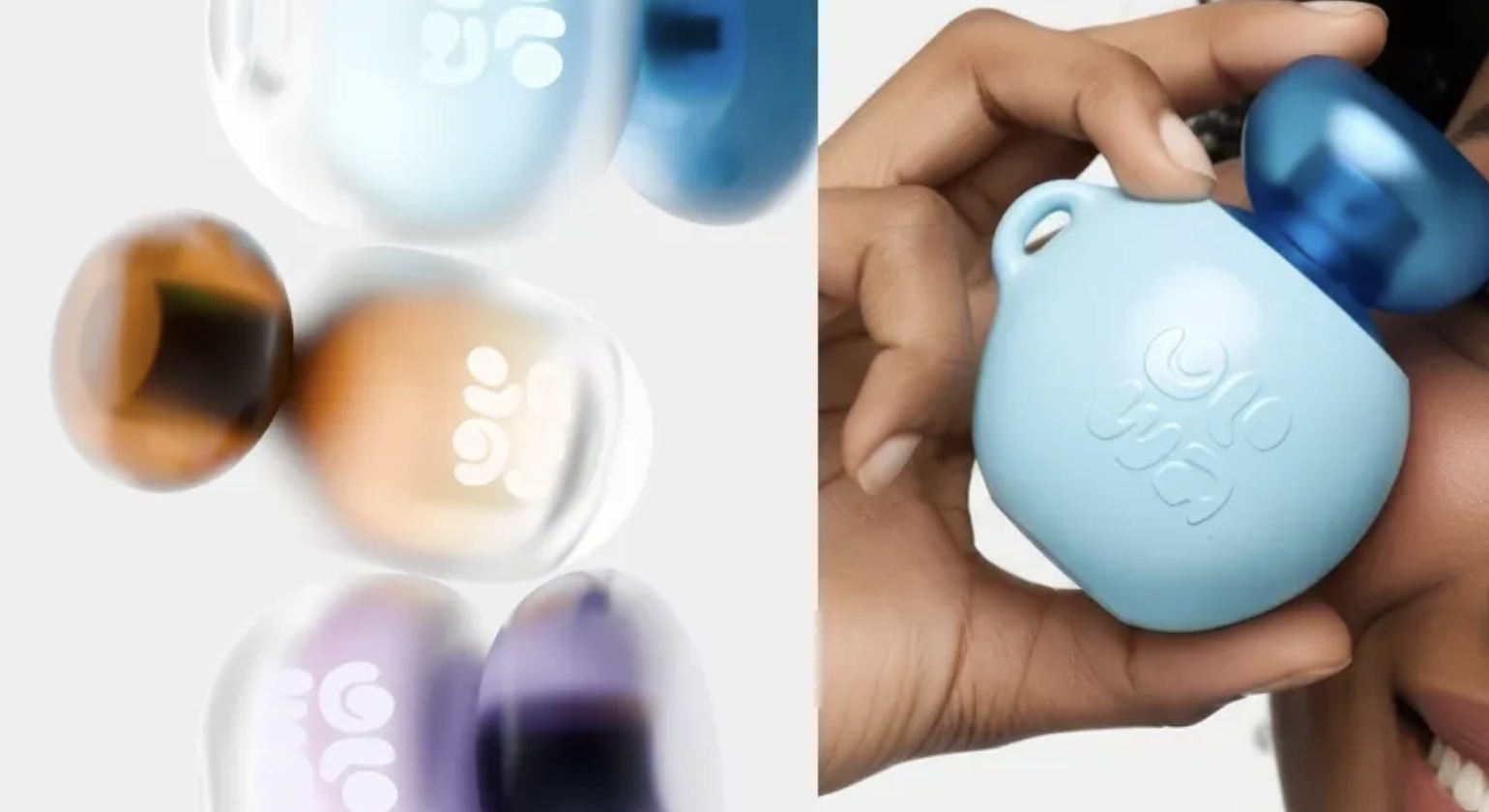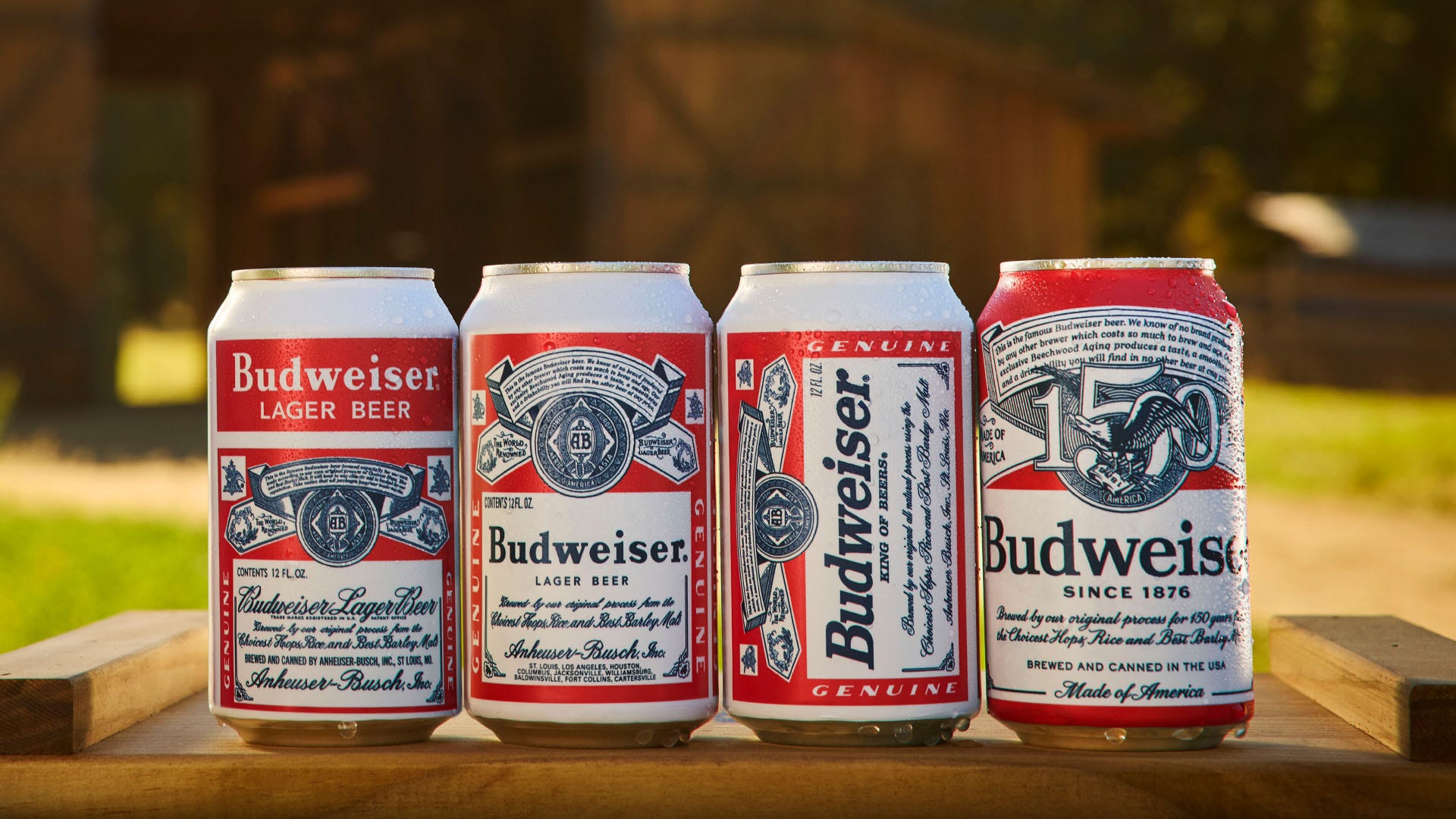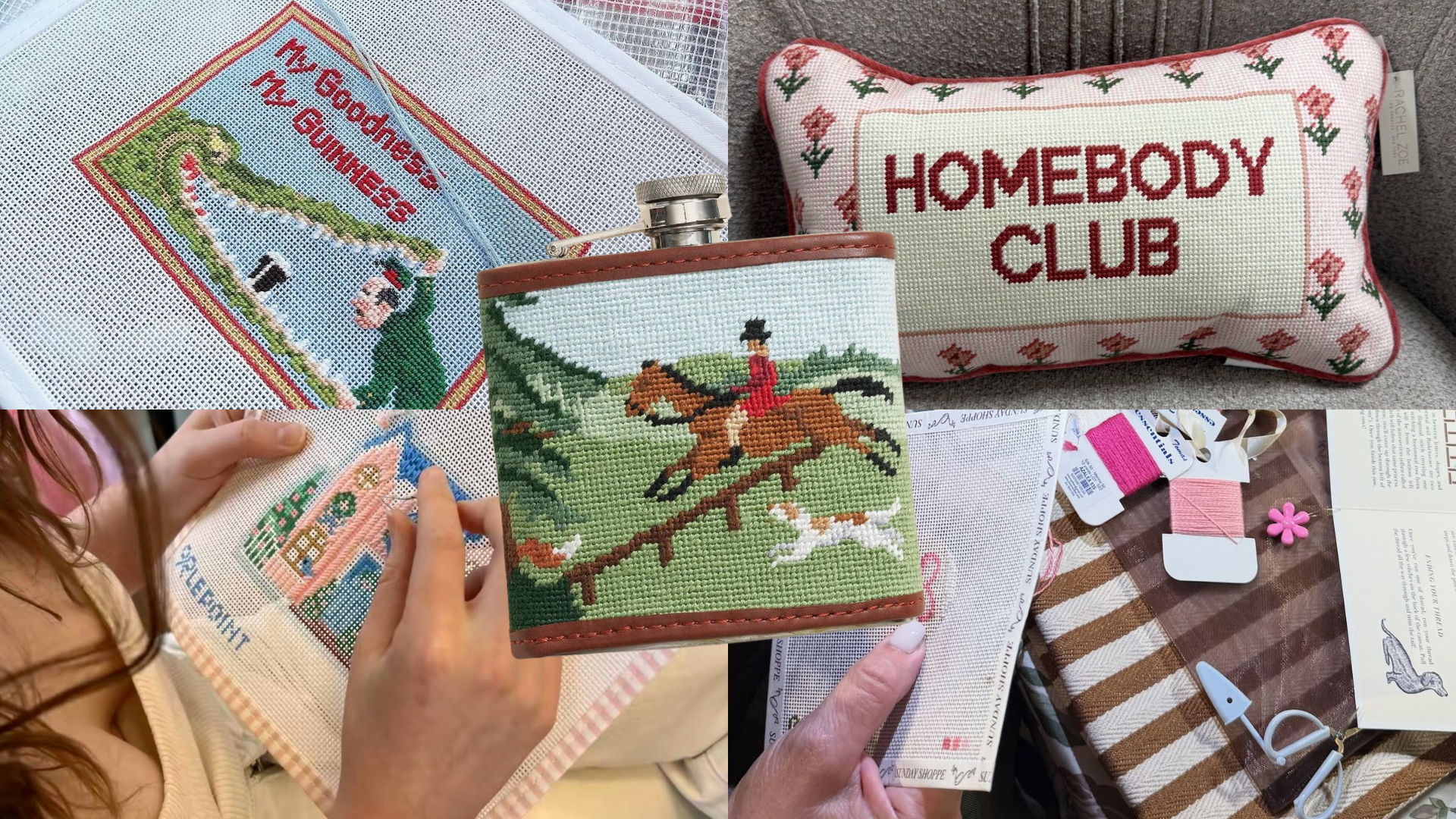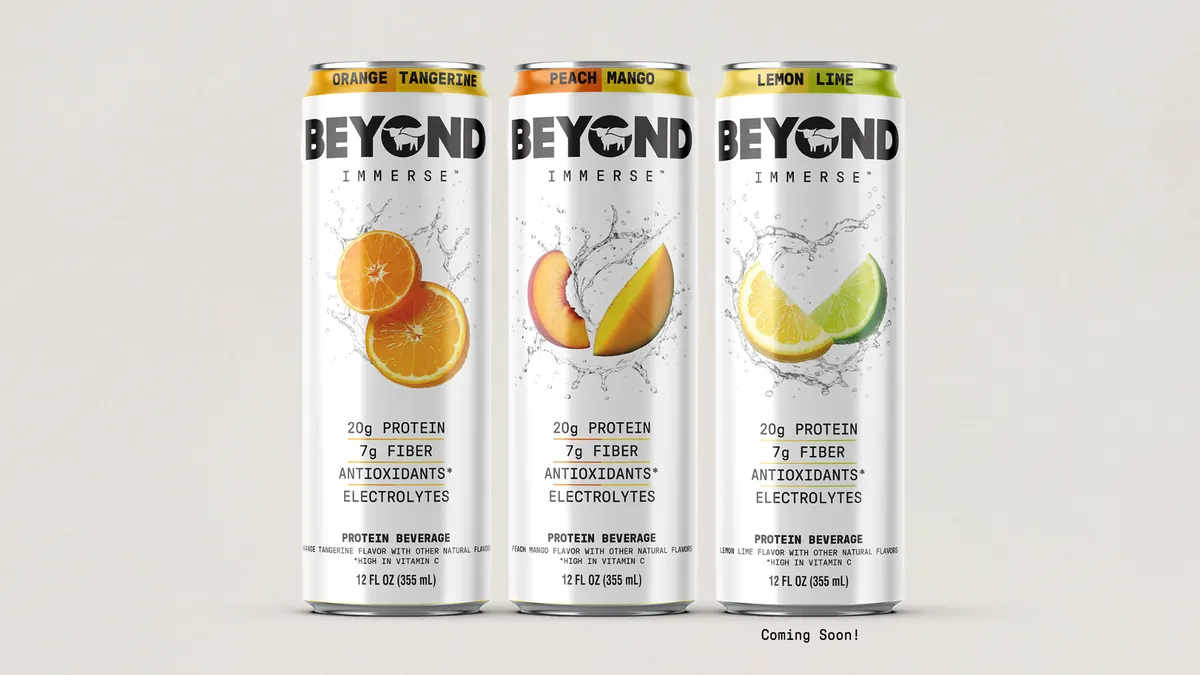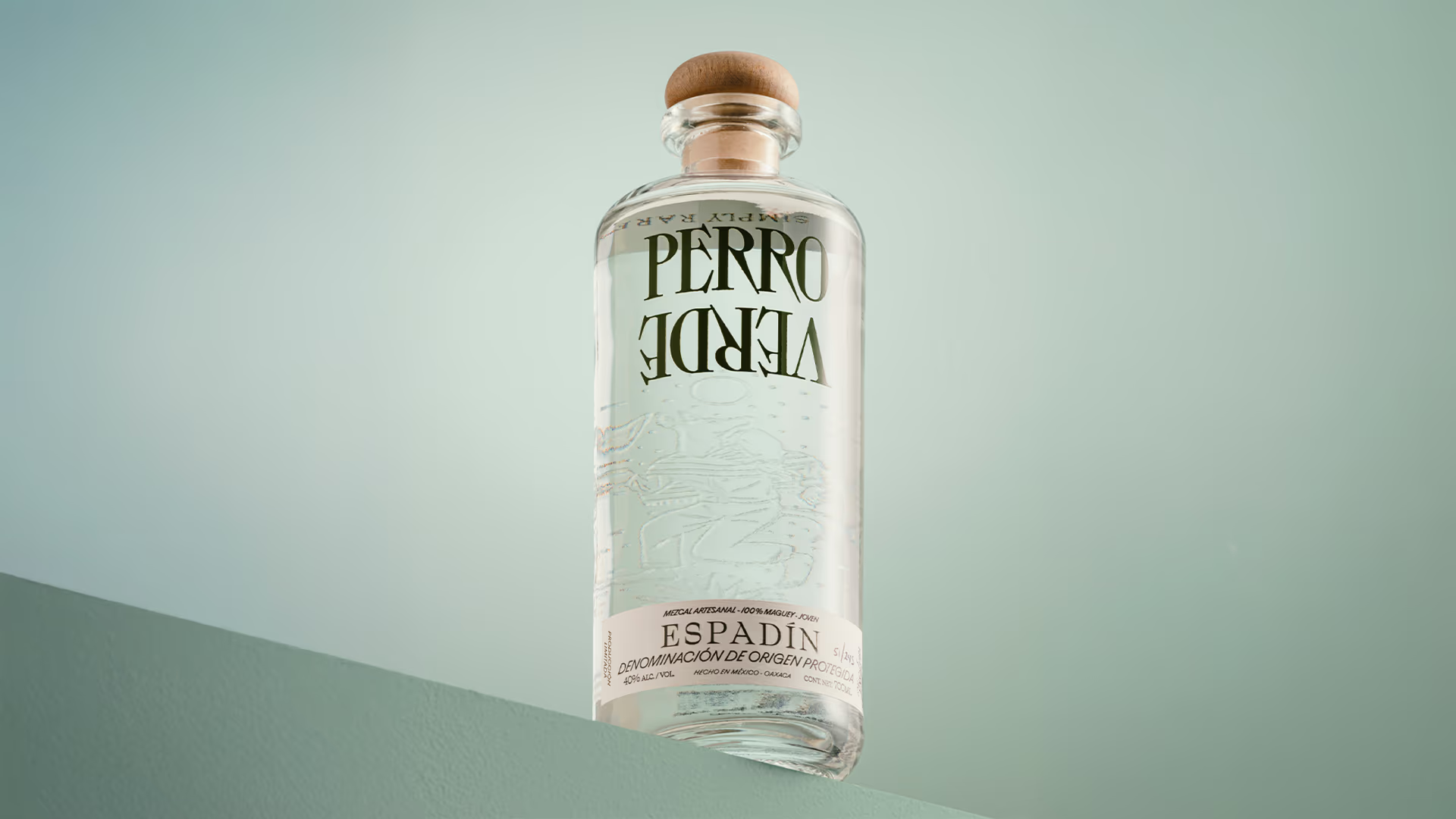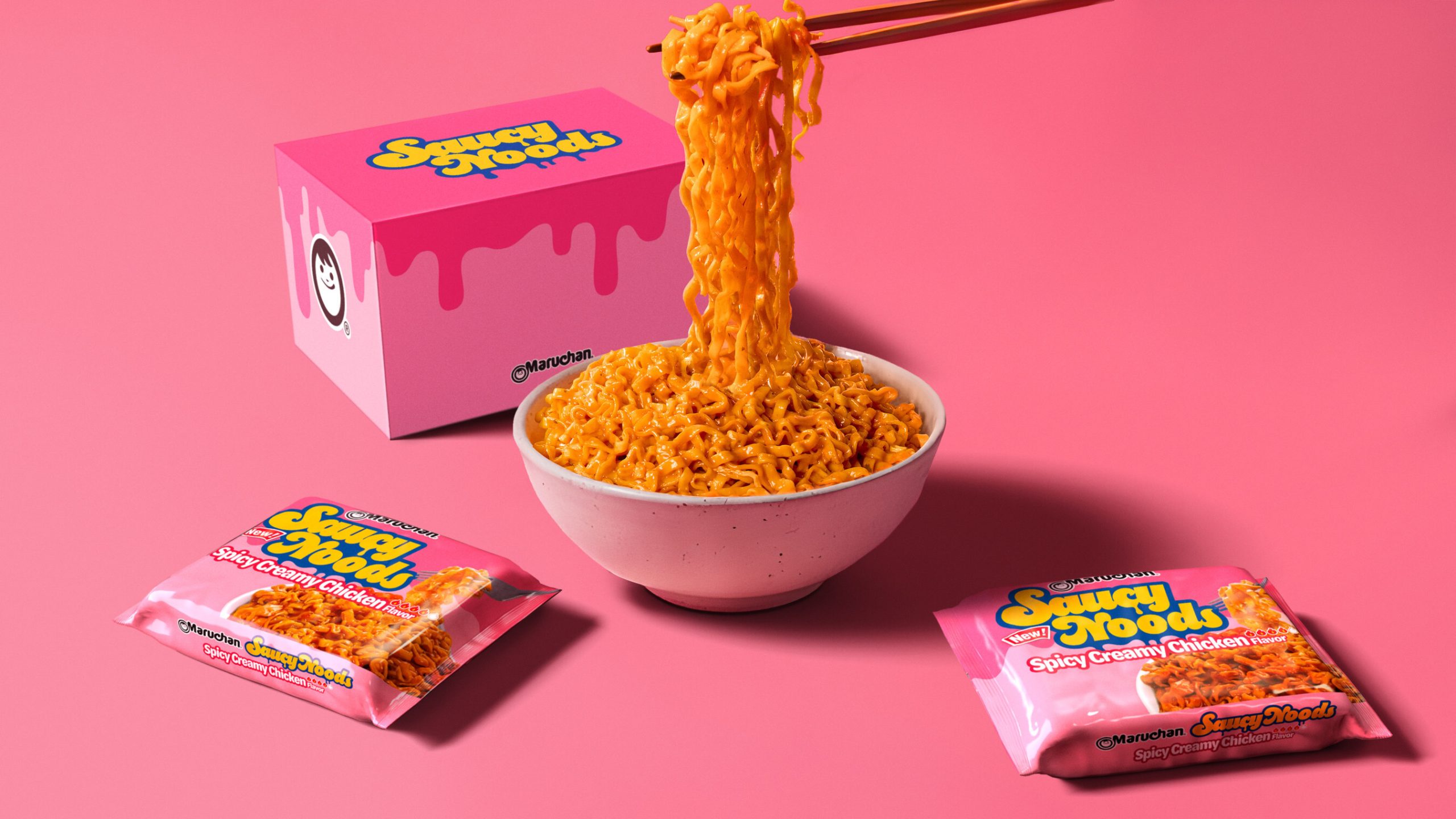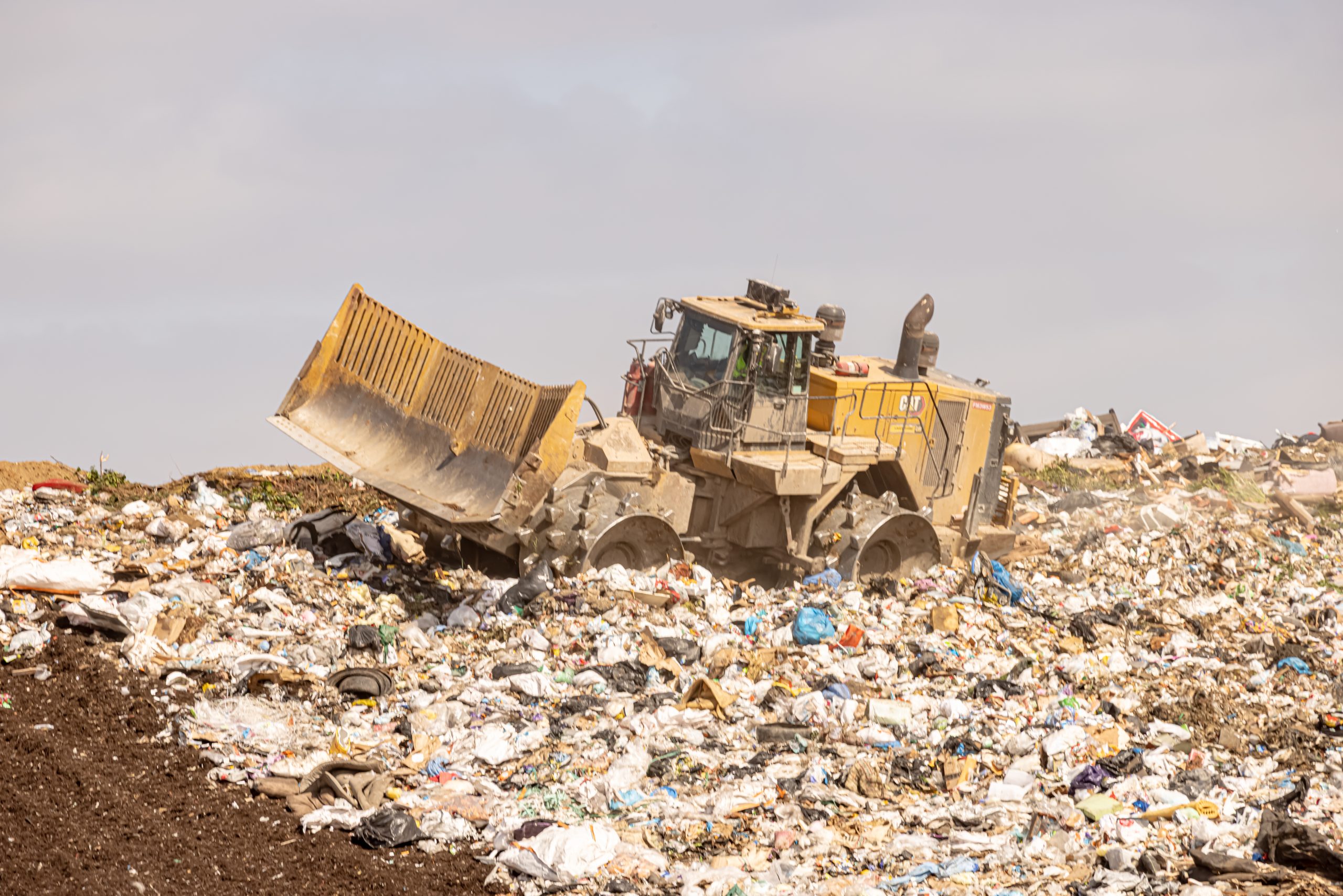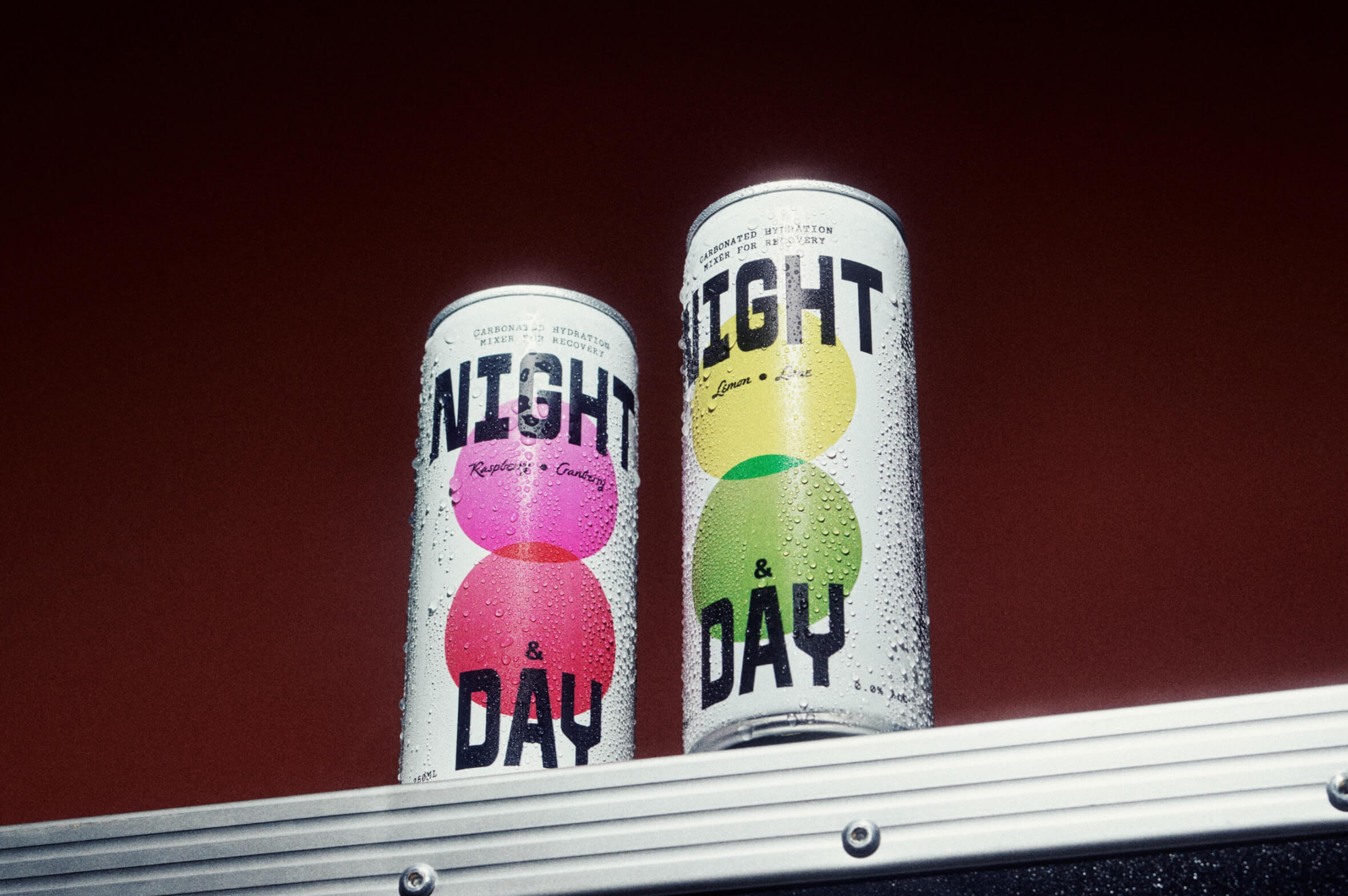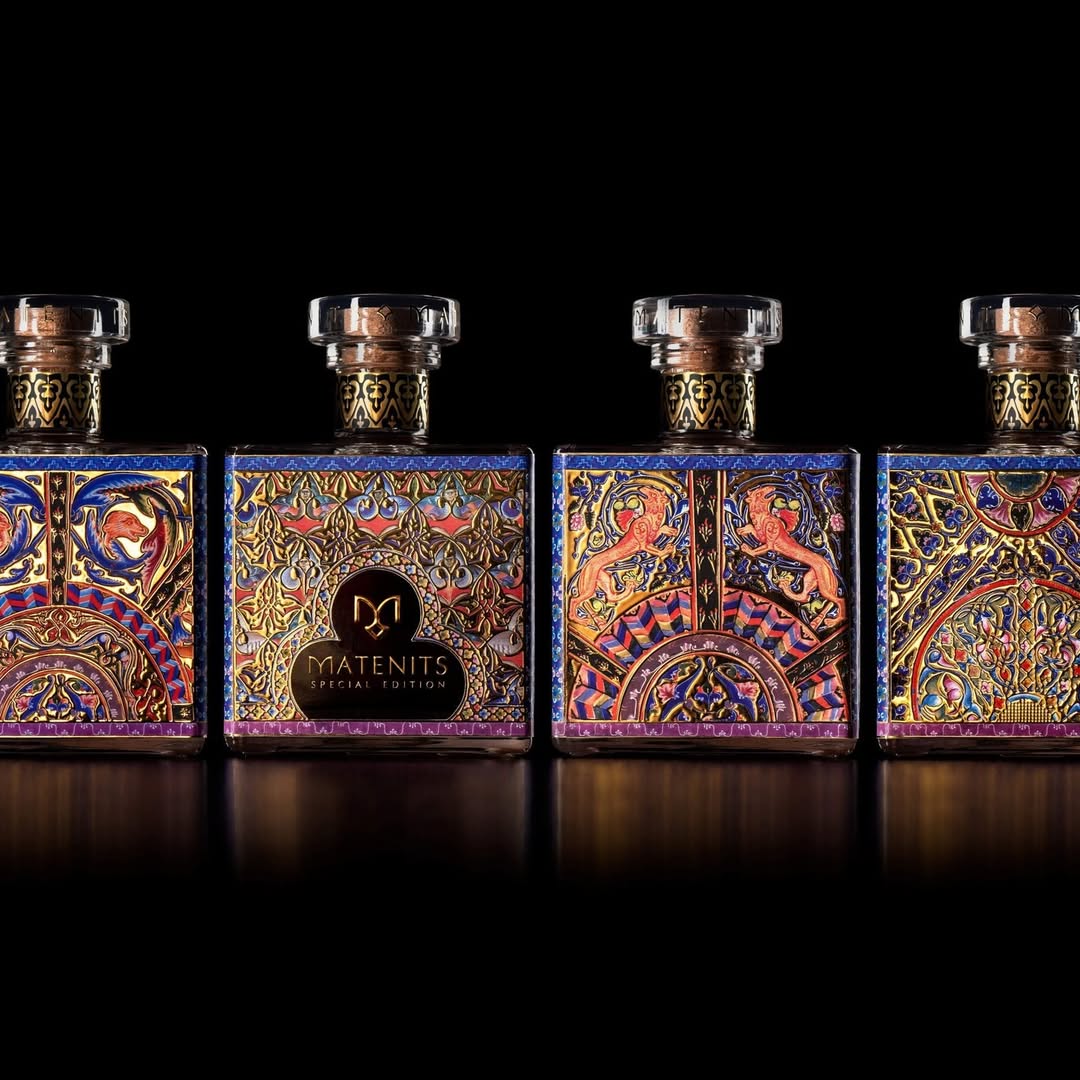While many appliances in our homes have improved and gotten smarter over the years, for the past few decades, electric blenders have, for the most part, remained the same. It’s certainly not for lack of room for improvement—blenders can benefit from new-fangled technology like updated controls, wireless functionality, and, of course, a smartphone app.
Millo is a device that is almost unfair to call a blender, as it is a top-down, soup-to-nuts reimagining of the ubiquitous kitchen device. It’s not quite a Star Wars replicator, but it wouldn’t be hard to imagine Guinan keeping one behind the bar at Ten-Forward either. Rather than use conventional controls such as buttons and knobs, Millo comes controlled by a touch-sensitive ring and app. It is also portable with a built-in battery that is recharged via USB-C because you never know when smoothie time calls. Millo uses a patented brushless magnetic engine, which allows the base to transfer torque to the cup wirelessly. Plus, the blades are included in the cup, making for a mostly mess-free clean-up.
